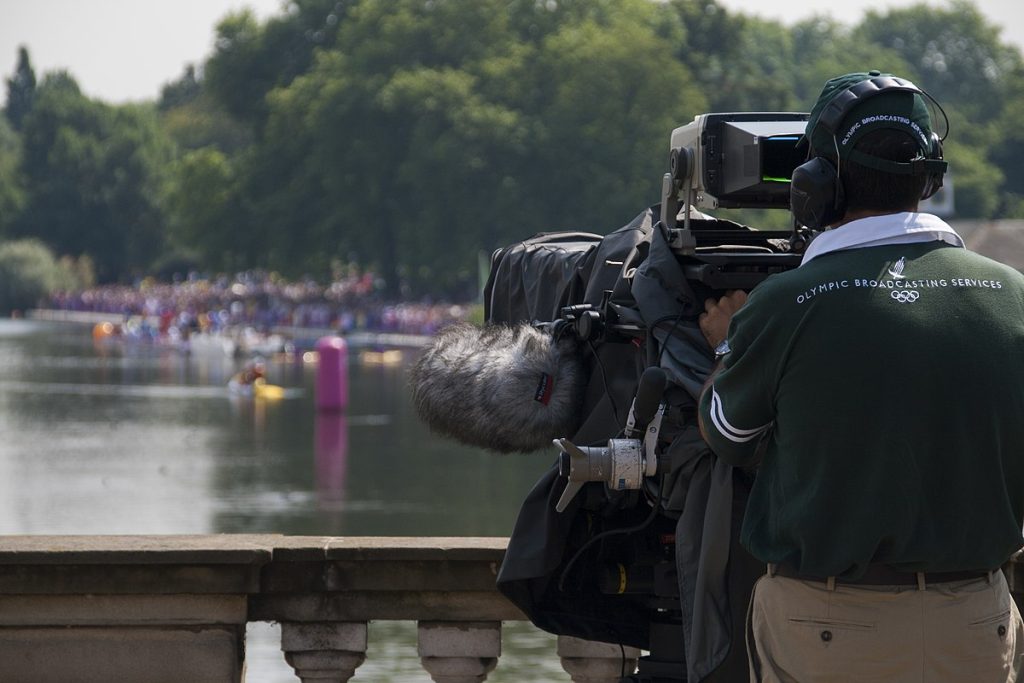The Birth of Sports Broadcasting
The history of 스포츠 중계 (sports broadcasting) is a fascinating story of innovation, culture, and passion. It all began in the early 1920s, when sports events were first transmitted via radio. At that time, fans couldn’t see the action — they could only imagine it through vivid commentary. Yet, even without visuals, the excitement was contagious. Listeners tuned in eagerly to hear every play, every goal, and every thrilling finish.
By the mid-20th century, the rise of television brought a revolutionary change to 스포츠 중계. For the first time, audiences could see the athletes in motion — their skill, emotion, and energy. Iconic broadcasts like the World Cup finals or Olympic Games united entire nations, creating memories that lasted a lifetime.
The Technological Revolution
The digital age completely transformed how we experience 스포츠 중계. Cable television made it possible to broadcast dozens of sports channels, while satellites allowed real-time coverage across continents. Fans no longer had to wait for highlights; they could now experience the action as it happened.
Then came the internet — and everything changed again. Online platforms and mobile apps turned live sports into an on-demand experience. With just a smartphone or laptop, fans could watch their favorite teams from anywhere in the world. Companies like ESPN, YouTube, and DAZN brought 스포츠 중계 into the digital era, providing HD-quality streams and personalized viewing options.
Today, even social media platforms such as Facebook, Twitch, and X (formerly Twitter) have entered the broadcasting space, offering live matches, instant replays, and interactive fan features. The modern sports fan is not just a viewer — they’re part of the conversation.
The Role of AI and 5G in the Future
The future of 스포츠 중계 is being shaped by emerging technologies such as artificial intelligence (AI), 5G connectivity, and virtual reality (VR). AI algorithms are now capable of generating real-time analytics, predicting outcomes, and even creating automated highlight reels. Meanwhile, 5G networks ensure smooth streaming without delays, even for millions of concurrent viewers.
VR and AR technologies are taking fan engagement even further. Imagine putting on a headset and feeling like you’re sitting courtside at an NBA game or standing on the sidelines of a football match. That’s the new reality of 스포츠 중계 — immersive, interactive, and deeply personal.
The Global Reach of Sports Broadcasting
Another defining feature of today’s 스포츠 중계 is its global accessibility. Fans from Seoul to London, or New York to Tokyo, can watch the same match simultaneously, breaking down cultural and geographical barriers. Sports have become a universal language, and broadcasting is its translator.
This worldwide accessibility has also given rise to new audiences — esports fans, niche sports communities, and younger viewers who consume highlights on TikTok or YouTube Shorts rather than traditional TV. The diversity of viewers has pushed broadcasters to innovate, keeping 스포츠 중계 relevant to every generation.
Final Thoughts
From radio waves to digital screens, 스포츠 중계 has come a long way. What began as simple commentary has evolved into an interactive, global experience that connects billions of people. Every technological leap — from color television to live streaming — has brought fans closer to the action.
As AI, VR, and 5G continue to advance, the next era of 스포츠 중계 will be even more immersive and intelligent. One thing, however, will never change: the passion, unity, and excitement that make sports broadcasting one of humanity’s most powerful shared experiences.

